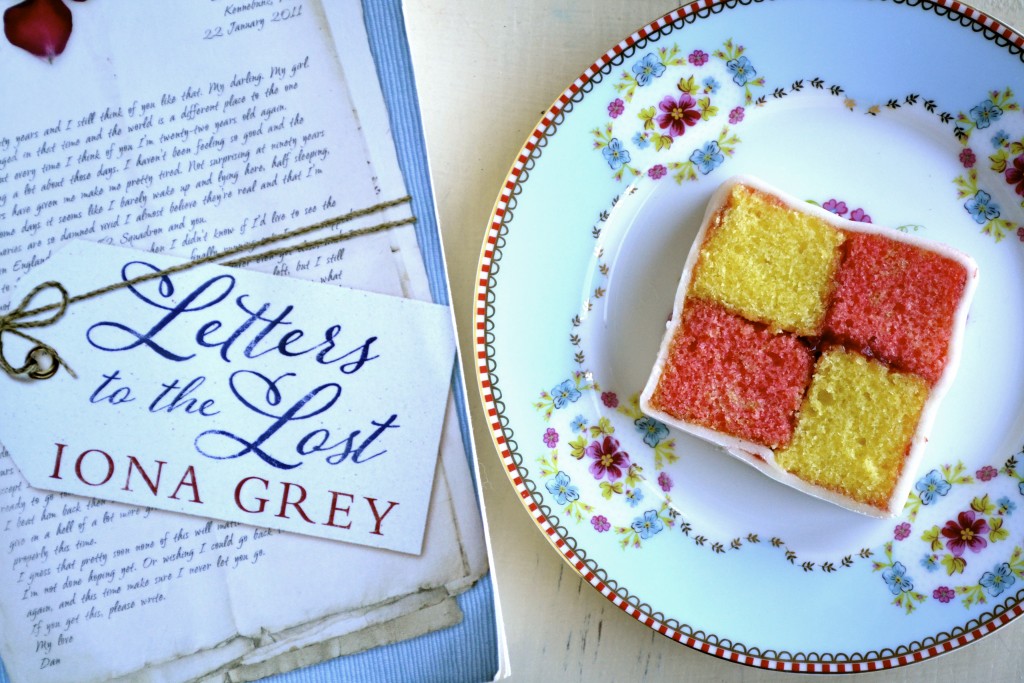 Letters to the Lost is the debut novel by author Iona Grey. And oh! what a novel it is. It's romantic, heartbreaking and just so beautifully evocative of the Second World War. It leaves you speechless, clutching the book. And thinking. So many thoughts.
Letters to the Lost is the debut novel by author Iona Grey. And oh! what a novel it is. It's romantic, heartbreaking and just so beautifully evocative of the Second World War. It leaves you speechless, clutching the book. And thinking. So many thoughts.
You are immediately transported into the little terraced house with Jess's desperation palpable. And as Jess hunts around this empty house, you get an idea of what the previous occupant was like by her clothes, the contents of her cabinets and the food that has been left behind. But is this where his Darling Girl lived? And, if not, where is she?
Letters to the Lost
Feasting on Fiction Author Interview with Iona Grey
Congratulations, Iona, on what is a wonderfully heartbreaking and romantic debut. I’ve seen nothing but brilliant things said about it on twitter and goodreads. You must be pleased?
Thanks Helen! I’m so thrilled about the lovely comments people have made about the book, I can’t tell you. It all seems a bit surreal, actually. I started the book in March 2013, and for almost 2 years it was only me and a handful of other people who had read it, so it still seems incredible and exciting to think of it being in the hands of real readers. Nerve wracking too, if I’m honest.
Tell us what your novel is about?
It’s essentially a love story – or two love stories, to be specific. It’s a dual time frame novel (my very favourite kind, ever since I was a little girl and fell in love with A Traveller in Time and Tom’s Midnight Garden) set in the 1940s and the present(ish) day. In wartime London Stella and Dan meet by chance and fall in love by accident. It’s a bad idea for two reasons; one – she’s married, and two – he’s an American B-17 bomber pilot whose chance of surviving his 25 missions is just one in five.
But survive he does, and seventy years later Dan writes a letter to Stella in a last desperate attempt to find her. The letter inadvertently falls into the hands of Jess, a troubled runaway who, in spite of having plenty of problems of her own to sort out, feels compelled to help Dan with his search.

I’m not sure whether inspiration struck very suddenly, or had been building for years – probably a bit of both. In 2013 I was writing a novel set in the early years of the 20th century, but I knew it wasn’t really working. One day I was trailing reluctantly back up to my study in the attic after lunch when I passed my daughter’s room and noticed a handwritten letter lying open on her desk. (In itself this was pretty amazing as usually I only notice the piles of laundry and wet towels on the floor, and the abundance of mould-culturing mugs). It was just a fleeting glimpse, but as I sat back down at my computer I was still thinking about it and wondering who it could be from, and out of nowhere the phrase ‘letters from the lost’ drifted into my head. I wrote it down and thought what a great title it would make for a book. And of course, I couldn’t leave it at that, and began trying to work out what the story behind the title would be – who could have written the letters, and to whom? It took a bit more work (and a tiny title tweak!) but within 24 hours I had the outline of the novel.
The ideas that formed the story had been gathering in my mind for much longer. I grew up with stories from WW2, in books like When Hitler Stole Pink Rabbit (Judith Kerr), When The Siren Wailed (Noel Streatfeild) and Carrie’s War (Nina Bawden), and also from my grandmothers and godmothers. I used to ask my Inverness Nana again and again to tell me the story of how her fingers had come to be badly scarred (she was making up a bottle for the baby – my dad – before going to the air raid shelter, but she wasn’t quick enough and the window was blown in. Glass everywhere!) and I loved hearing about the glamorous trench coat my godmother had bought, rashly, from a door-to-door (black market) salesman, which turned out to be made of some awful rubberised fabric that stank of fish. I think I was just waiting for the right time to go back and properly explore the world into which they’d given me such tantalising glimpses.
Letters to the Lost is so evocative of wartime in London. You use all of our senses, for example, the smell of cigarettes, the sounds of Glenn Miller, and the taste of food; Spam, Bloater paste sandwiches, port and lemon, Woolton pie and cheese bake, tinned peaches, eggless sponge... How did you research the food aspect? And have you ever tried bloater paste?!
I haven’t, thank goodness! (I remember my mum buying jars of meat paste for our packed lunch sandwiches during the 70s. That was quite bad enough!) I’ve been a bit of a WW2 geek for many years and have watched every TV documentary and drama imaginable, so I had plenty of accumulated information to draw on, and I was also lucky enough to be given a stack of Woman’s Weekly magazines from the late 30s and early 40s which gave some great insight into popular dishes of the time. Of course, the internet is an incredible resource too, but nothing beats the first hand anecdotes passed on by family. (I’d love to try authentic WW2 powdered egg... I wonder if you can still get hold of it?)
And finally, the Battenberg cake. You used this cake when Jess was homesick for her Grandma. What made you use Battenberg?
This is so interesting for me, because I really don’t remember thinking about it at all. I quite clearly recall writing that section; I was really concerned about Jess having such little money and needing a toothbrush and toothpaste (I felt physically uncomfortable, thinking of the days passing without her brushing her teeth!) and I followed her round the shop in my head, watching her put the things she needed in the basket. The Battenberg cake was added on impulse (by Jess and by me!) but of course, now you’ve mentioned it I can see that it’s something I associate with childhood treats and indulgence. My mum embraced the wholefood movement in the 70s (and good on her) so at home we had date flapjacks and brown bread ice cream (yes, really!). To me, a cheap and luridly-coloured shop-bought cake was the height of luxury; I had it at my friends’ houses and thought it was incredibly sophisticated (PINK AND YELLOW!) I think I truly believed that when I was old enough and had my own money I would buy Battenberg cake and Cherry Bakewell Tarts all the time. I don’t, but perhaps subconsciously I still want to...
Thank you, Iona, for a fascinating interview. Wishing you lots of love and luck with this beautiful novel.
See Iona's Pinterest Board which shows pictures of some of the places, characters and more from Letters to the Lost.
How to Make a Battenberg Cake.



